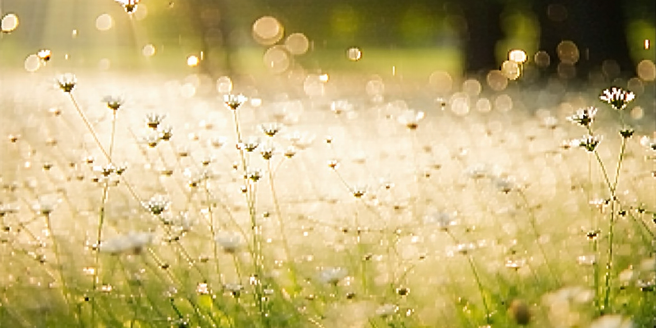
Understanding Pollen Production Cycles
Pollen production cycles are highly influenced by the life stages of plants. Different plants have unique flowering times that are synchronized with environmental conditions, such as temperature and daylight. In spring, many trees begin releasing pollen, followed by grasses in early summer, and finally, weeds in late summer and fall. The duration and intensity of these cycles can vary annually due to changes in climate and weather patterns. For instance, a warm, wet spring can lead to a higher pollen count as plants are encouraged to grow more vigorously. By understanding these cycles, individuals can better anticipate periods of high pollen activity, crucial for managing symptoms. Farmers and agricultural planners also rely on this knowledge to synchronize planting schedules with peak pollination periods, ensuring healthier crops and reduced impact on those with pollen allergies.
Key Factors Influencing Pollen Spread
Several key factors dictate the spread of pollen, significantly impacting those with allergies. Wind is perhaps the most critical, as it can carry pollen across vast distances, crossing natural barriers like mountains and large bodies of water. The type and density of vegetation in an area also play crucial roles; regions dense with allergenic plants will naturally produce more airborne pollen. Climatic and meteorological conditions, including temperature, humidity, and precipitation, further influence pollen dispersal. High temperatures can increase pollen production, while rain can temporarily wash pollen out of the air, providing brief respite for those affected. Urban development and air pollution also modify the pollen landscape, potentially exacerbating allergy symptoms. Understanding these factors is essential for predicting pollen movement and effectively managing allergy seasons.
Regional Variations in Allergy Seasons
Allergy seasons can vary greatly depending on the geographical area due to differences in vegetation, climate, and local weather patterns. In temperate regions, tree pollen typically dominates the early spring months, followed by grass pollen in late spring and early summer, and finally, weed pollen in late summer and fall. However, in warmer or subtropical areas, plant life may pollinate year-round, resulting in continuous allergen presence. For instance, in southern regions, grasses or ragweed might extend their pollination into the winter months. Elevation and proximity to bodies of water can also affect local pollen levels, as can urban landscaping choices. Understanding these regional differences assists residents in preparing for their specific allergy seasons, adopting preventive measures and adapting to local recommendations for mitigating allergic reactions.
Impact of Climate Change on Pollen Levels
Climate change is significantly impacting pollen levels, exacerbating allergies worldwide. Rising temperatures extend the growing season for many plants, leading to longer and more intense pollen seasons. Increased carbon dioxide levels contribute to the growth of plants like ragweed, resulting in higher pollen production. Unpredictable weather patterns, including earlier springs and milder winters, further disrupt traditional flowering cycles, increasing the overlap of different pollen seasons. These changes pose challenges for individuals who suffer from allergies, as they experience heightened symptoms over extended periods. Addressing climate change is crucial to mitigating its effects on pollen production. Scientists and policymakers are working to understand these impacts better, aiming to develop effective strategies to protect public health from the adverse effects of climate-induced pollen increases.
Modern Tools for Tracking Pollen Movement
Advancements in technology have paved the way for modern tools that accurately track pollen movement, greatly assisting individuals in managing allergy symptoms. Real-time pollen monitoring networks, utilizing sensors and satellite data, provide up-to-date information about local pollen levels. Mobile apps and online platforms offer personalized forecasts, alerting users to high pollen days and suggesting the best times to venture outdoors. Analytical tools, such as machine learning algorithms, predict pollen trends based on historical data and current climatic conditions. These insights allow for proactive management of allergies, informing precautionary measures such as wearing masks or using air purifiers. As technology continues to evolve, these tracking tools will become even more precise, providing greater control for those affected by pollen allergies.
Effective Strategies to Manage Allergies
Effectively managing allergies, particularly during high pollen seasons, requires a multifaceted approach. Individuals can start by monitoring daily pollen forecasts and limiting outdoor activities when counts are high. Keeping windows closed and using air conditioning with a clean filter can help reduce indoor pollen exposure. Personal protective measures, such as wearing sunglasses and masks, minimize direct contact with pollen outdoors. Medications, including antihistamines and nasal corticosteroids, provide relief by reducing allergy symptoms. For those seeking long-term solutions, allergen immunotherapy, administered under medical guidance, can desensitize individuals to specific pollen types. Developing a personalized strategy in consultation with healthcare providers enhances quality of life and reduces the burden of seasonal allergies.
